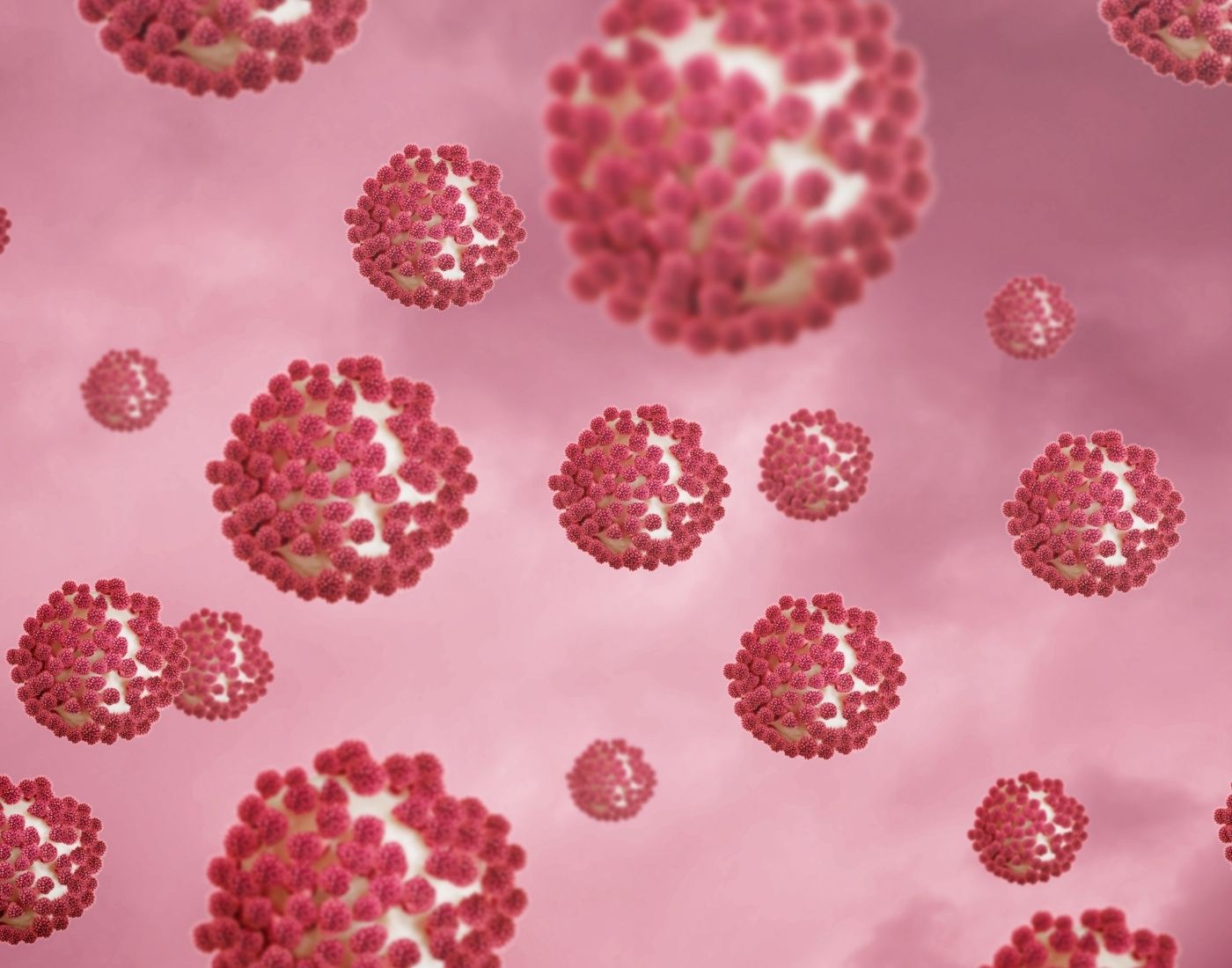What is hepatitis A?
Hepatitis A is an infection of the liver caused by the hepatitis A virus (also known as HAV). It’s spread by the faeces of an infected person. It causes a range of illness from mild symptoms including nausea, vomiting and fever through to hepatitis (e.g. liver inflammation, jaundice) and rarely liver failure.
Hepatitis can be unpleasant, but it’s not usually serious, and most people make a full recovery within a couple of months. Those most at risk are:
- older people
- people who are pregnant
- those with a weakened immune system. People with weakened immune systems include those with underlying health conditions (e.g. cancer or diabetes) and those receiving certain medical treatments or medications (e.g. chemotherapy and immunosuppressants).
Infection is followed by lifelong immunity.
You can get hepatitis A infection from:
- eating food prepared by someone with the infection who hasn’t washed their hands properly
- drinking contaminated water
- eating contaminated food e.g. raw fruit and veg (including berries and salad) or undercooked shellfish
- close contact with someone who has hepatitis A
What are the symptoms of hepatitis A?
Symptoms of hepatitis A develop around 4 weeks after becoming infected but will usually pass within a couple of months.
Symptoms can include:
- feeling tired and generally unwell
- joint and muscle pain
- a high temperature (fever)
- loss of appetite
- feeling or being sick
- pain in the upper-right part of your tummy
- yellowing of the skin and eyes (jaundice)
- dark urine and pale stools
- itchy skin
Someone with hepatitis A is most infectious from around 2 weeks before their symptoms appear until about a week after the symptoms first appear.
How to reduce your risk of hepatitis A
To avoid spread from person to person, follow good hygiene measures such as washing your hands with soap and warm water regularly. Stay off school or work (especially if you are a food handler) until at least a week after the symptoms first started.
Important steps to reduce your risk at home include:
- washing your hands thoroughly using soap and warm water before preparing food
- washing fruit and vegetables before eating
- keeping worktops and chopping boards clean to avoid cross-contamination
- cooking food thoroughly for the recommended temperature and length of time

